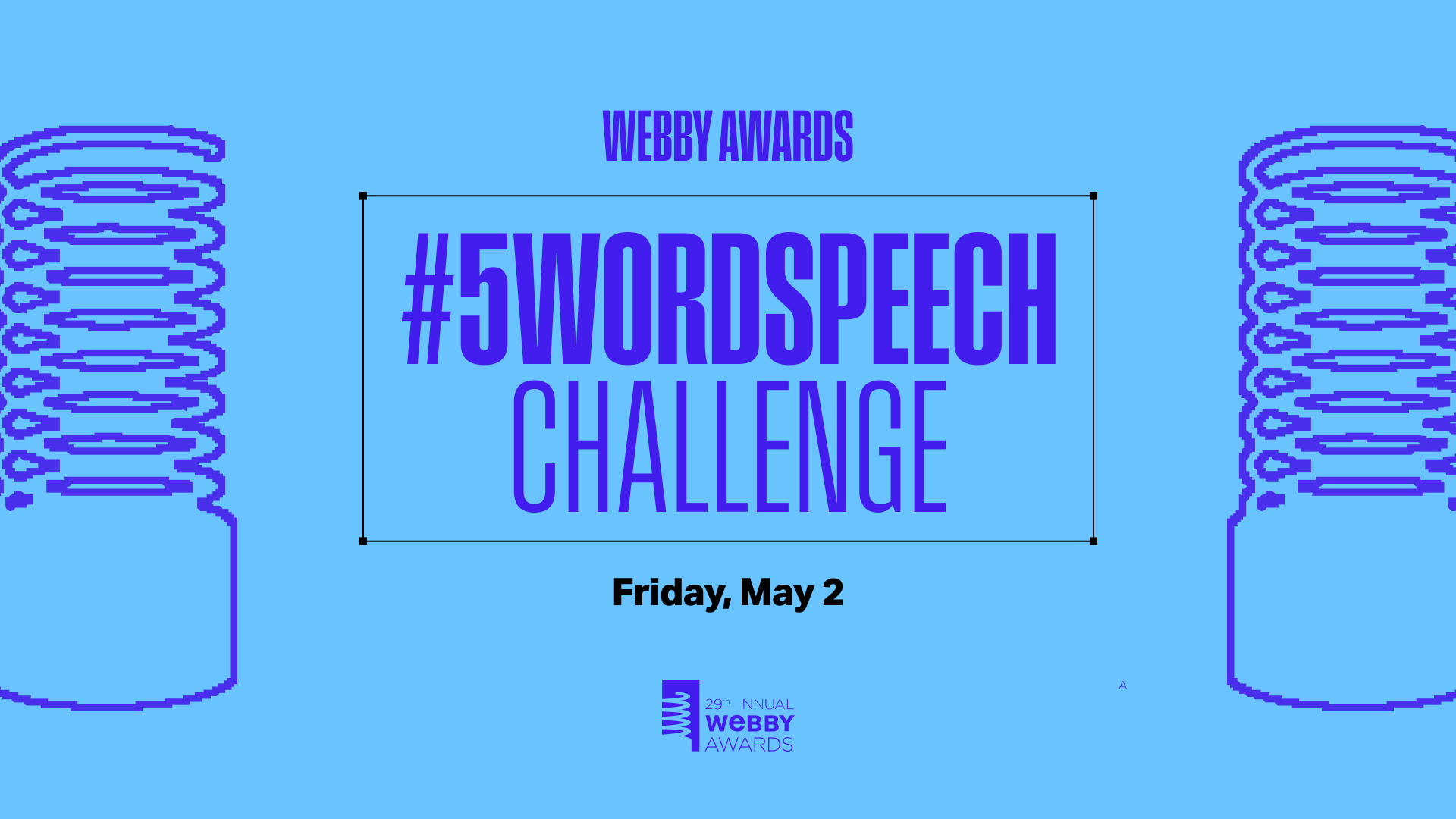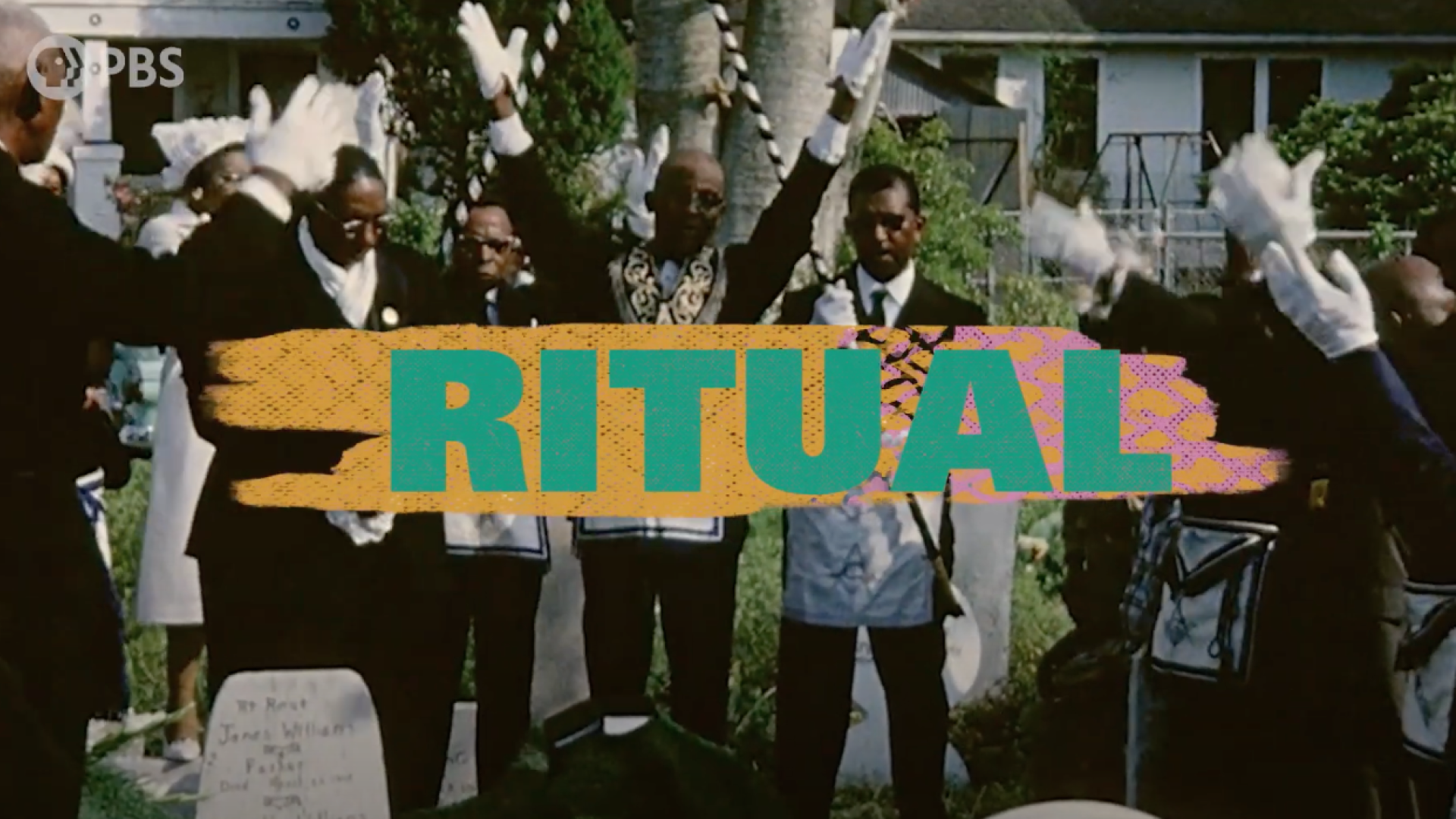Like the culture it represents, streetwear is vibrant. It’s loud and colorful, there is no such thing as “too much.” It’s pioneering and creative, no idea is too big or unrealistic. And it’s filled with craft. How do you make an energy that is palpable in the streets and creative translate across screens for e-commerce?
basement studio, a Mar del Plata-based digital studio, met this challenge through KidSuper World—a People’s Voice Winner for Best Use of Animation or Motion Graphics. The website is an immersive, 3D e-commerce experience that allows consumers to explore a virtual atelier, inspired by KidSuper’s brick and mortar shop in Brooklyn, New York. From hand painting elements, blending 3D models and pencil sketches, the online store represents the DIY spirit that thrives the KidSuper brand.
How Good Ideas Thrive is a new series that looks at how Webby Award-winning ideas came to be. We spoke with Jose Rago and Facundo Santana, Co-Founders of basement studio on this project, and how they help good ideas thrive.

Enter KidSuper World: Into the Atelier
What inspired the idea behind your project? What drove you to bring it to life?
The idea came from an internal challenge: we wanted to take the Kissing Bag project, which was originally a single-room immersive shopping experience, and expand it into something upgraded, something that covered multiple spaces, told a broader story, and gave us a chance to claim recognition, like winning a Webby Award.
We wanted to prove that basement studio could continue setting the standard for cutting-edge web design on a global scale. Initially, it started as a side project for fun, but when KidSuper got involved, it turned into something real, and we knew we were onto something special.
What helped your idea flourish? How did you develop your idea from its blueprints to the final form?
The key was a clear direction from the start, but the concept evolved from intense brainstorming sessions with the team. The inspiration was rooted in KidSuper’s new neighborhood, which sparked the idea of taking the experience outside of just one room and expanding it into the streets – literally.
Since at KidSuper they are artists, we wanted to recreate the atmosphere of an atelier where creativity and craftsmanship are at the heart of everything. The environment itself should become part of the narrative, using real-life places and events like their fashion shows as cues. For example, we drew inspiration from their fashion show where they printed fabrics to create clothing and hats, and we connected that to the idea of ‘entering a painting’ and dressing up inside it.
It wasn’t just about digital; we crafted physical pieces too. For instance, one of our artists painted the background with acrylics and oils, and the brushes for the home were done in real watercolor before digitizing them. This mix of real and digital grounded the project and gave it authenticity.
“ Since at KidSuper they are artists, we wanted to recreate the atmosphere of an atelier where creativity and craftsmanship are at the heart of everything.”
Creativity is critical in digital, and so is relevancy. How did you make your idea meet the moment?
We captured the moment by mixing real-life materials with cutting-edge web tech. The handmade aspect—using real brushes, painting with acrylics, and bringing physical materials to life digitally—connected with KidSuper’s unique style and current trends, while pushing digital performance limits to stay relevant.
We embraced the challenge of creating 3D elements that didn’t feel overly ‘3D.’ It was crucial to make the digital world feel like an extension of the real one. For example, we used textures made from real brushstrokes to give everything a more organic feel. Timing also played a big role. With KidSuper’s move to a new neighborhood, we used that as a metaphor for expanding the experience beyond the studio into the outside world, and visually, we took inspiration from films like Spider-Verse.
We pushed ourselves to experiment more, like creating a mannequin inside a painting that you could dress up. This fusion of tech, art, and fashion made the project relevant not just to the moment. On the tech side, we used advanced tools like Leonardo AI to recreate scenes, pushing the limits of what’s possible in web design. If you want to know more about some technical aspects of it, you can read our blog post.
What’s vital in your creative process? What’s a unique strategy or practice that you employ?
Experimentation and collaboration are essential. We painted physically, modeled digitally, and made sure every feature brought something fresh and technically smart. It’s all about involving the whole team—devs, designers, artists—to craft balanced, high-performing, and creative solutions. One of our designers even hand-painted elements like the cursor and the sky to give them a tactile, artistic feel that you rarely find in web projects.
In an era of oversaturation, how did you make your work stand out online? What new techniques or approaches did you use to set your idea apart?
Our approach was to blur the line between physical and digital. We painted by hand, scanned real textures, and brought those into the digital world. For example, the homepage of the site started as a pencil sketch that users could color in before entering the online store. This tactile, DIY approach made the project feel personal, intimate, and completely unique.
Another standout feature was the recursive paintings. Users could enter a painting, jump to the store, and then jump back into another painting, with no clear boundary between the two. It’s these types of interactive, seamless transitions that set our work apart.
What challenges did you face during production? Did you need to pivot at any point? How did you adapt?
We faced challenges at every turn, especially when it came to performance. The aesthetics were demanding—high-quality visuals, textures, and 3D models—but performance had to be top-notch.
We had to create multiple versions of the interior of the store, each with different quality levels, to ensure smooth performance across devices. We also experimented with shaders, dynamically turning off certain features to keep the frame rate smooth.
Timing was another issue. We didn’t have much of it, which meant we couldn’t implement certain things like light maps. There were points where we had to iterate on the 3D models slower than we wanted, which made it hard for the team to evaluate certain elements, especially in the store.

KidSuper World: Blending the Physical and Digital
What does it take for an idea to create a lasting mark on the Internet?
The secret sauce is doing something you’re passionate about, without chasing trends or algorithms. The majority of the ideas in this project came from the team’s genuine excitement. It was all about creating something we loved—crafting real art, painting, and immersing ourselves in the atelier vibe.
That authenticity is what makes a project stick. We weren’t focused on what was trending; we focused on what made us excited to come to work every day, and that energy shines through in the final product.
Looking back, is there anything you would do differently to execute your idea better?
If we could go back, we’d have streamlined the iteration process for the 3D models – maybe used a CMS to allow the team to update and review assets faster. We also focused too heavily on the desktop experience, which made transitioning to mobile harder than it should have been.
Finally, an animatic or script could have sped things up and prevented us from hitting roadblocks with slower model iterations.
What happened after your Webby Award?
Winning the Webby was a huge motivator. It gave us a taste of victory and left us hungry for more. The team felt validated, knowing that our out-of-the-box thinking and hard work paid off. It also sparked the desire to take on even crazier challenges in the future. We’re already cooking up what’s next!
Making Similar Work? Enter to Join the Winners Circle
Anyone can win a Webby Award—independent creators to global brands, and commercial work to non-commercial experiments. The only requirement is to do great work. Learn how to enter and find your category fit here.
Take advantage of early entry pricing, and enter before our Early Entry Deadline on Friday, October 25th at webbyawards.com

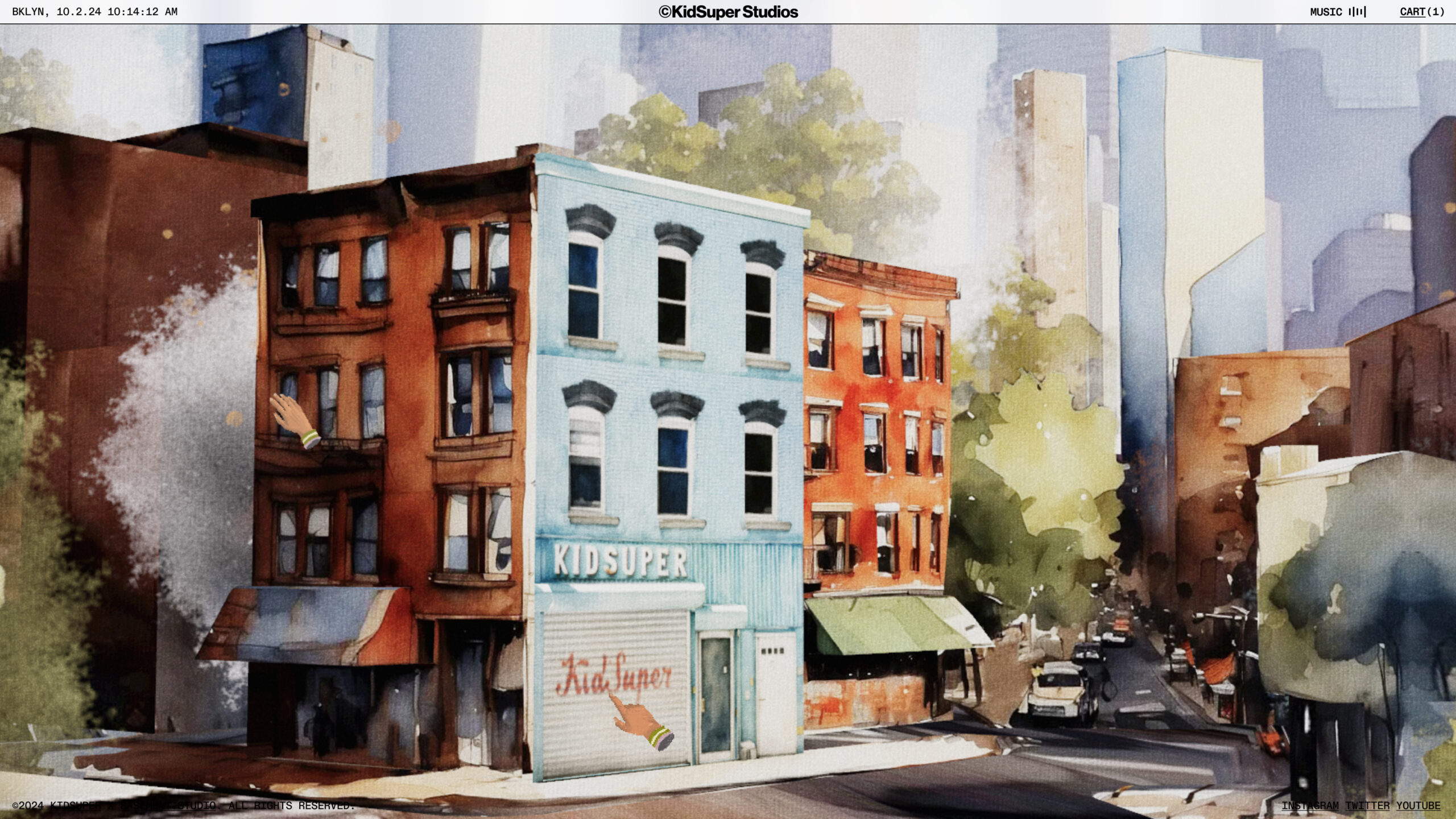

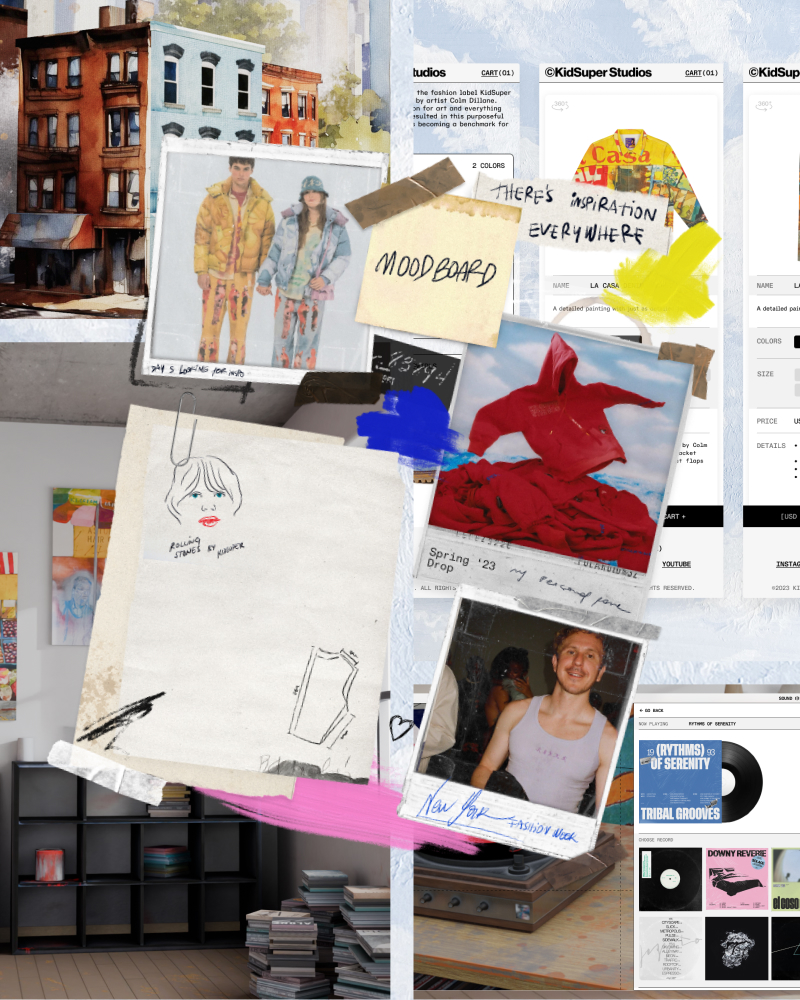
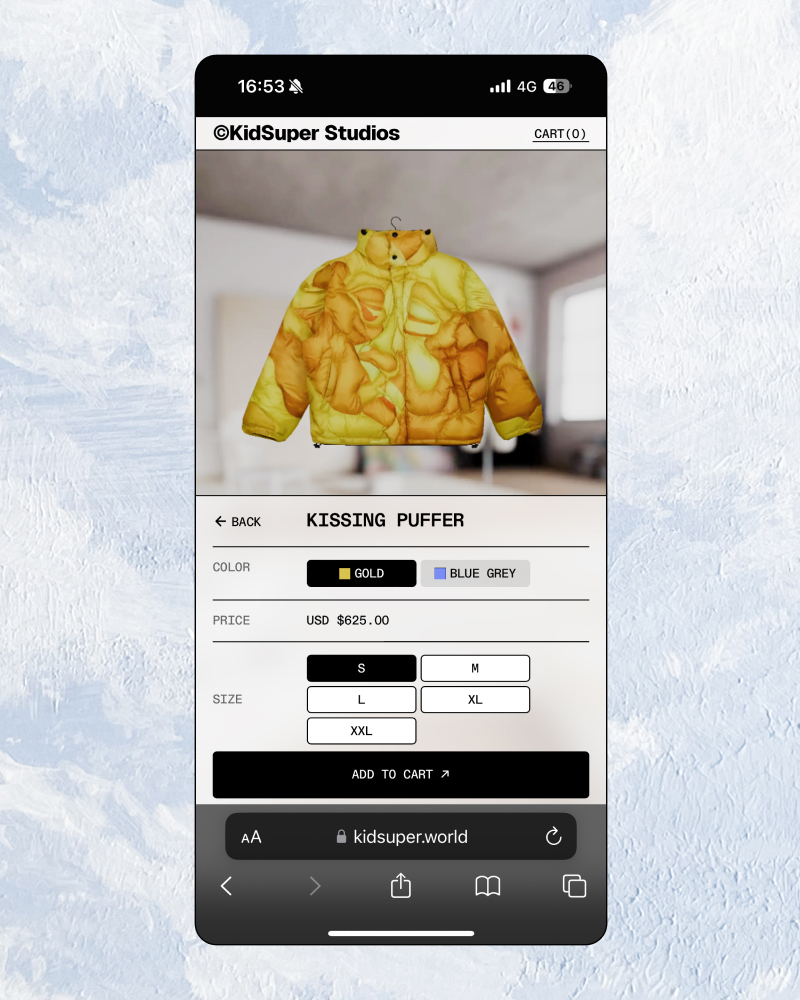
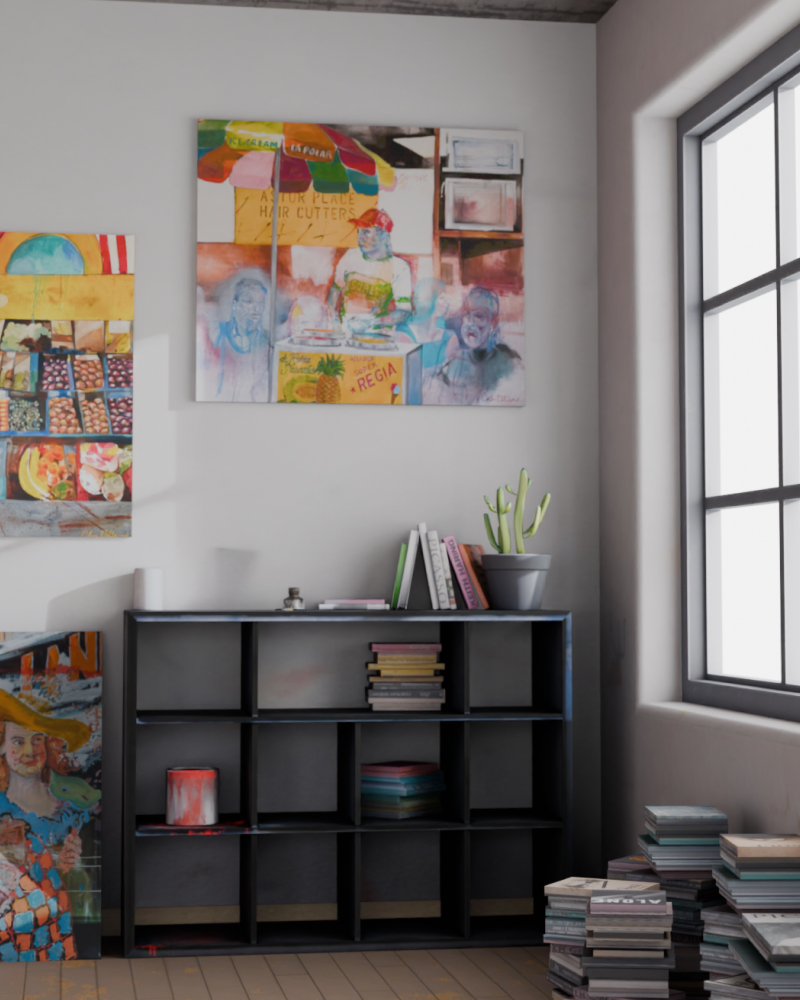
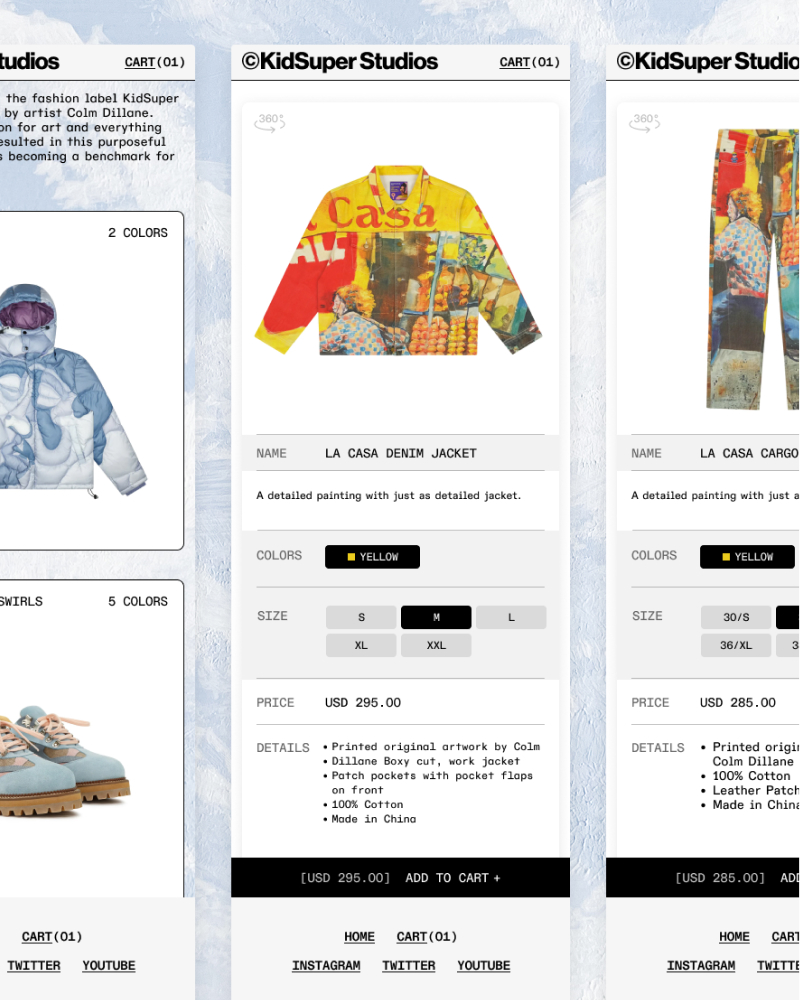
 Twitter
Twitter
